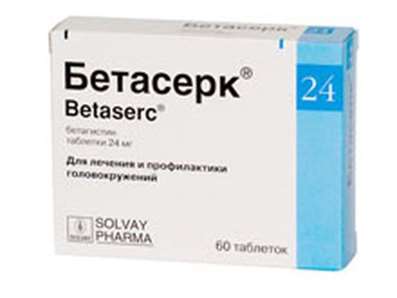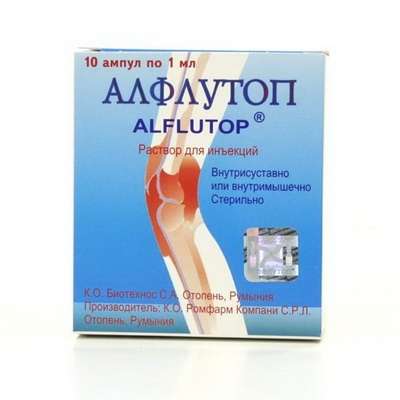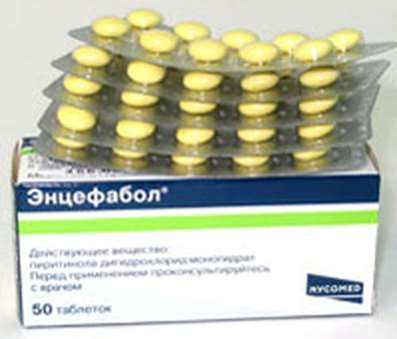Instruction for use: Guanfacine (Guanfacinum)
I want this, give me price
Chemical rational name: N- (aminoiminomethyl) -2,6-dichlorobenzene (as the monohydrochloride)
Pharmacotherapeutic group:
Sympathomimetic drug
The nosological classification (ICD-10)
I10 Essential (primary) hypertension
hypertension, Arterial hypertension, Arterial hypertension crisis course, Essential Hypertension, Essential hypertension, Essential hypertension, Essential hypertension, Essential hypertension, Primary hypertension, Arterial hypertension, complications of diabetes, hypertension, The sudden increase in blood pressure, Hypertensive disorders of blood circulation, hypertensive condition, hypertensive crises, hypertension, arterial Hypertension, malignant Hypertension, Hypertonic disease, hypertensive crises, Hypertensive crisis, Hypertension, accelerated hypertension, malignant hypertension, hypertensive crisis, The aggravation of hypertensive disease, Transient hypertension, Isolated systolic hypertension
I15 Secondary hypertension
Arterial hypertension, complications of diabetes, hypertension, The sudden increase in blood pressure, Hypertensive disorders of blood circulation, hypertensive condition, hypertensive crises, hypertension, arterial Hypertension, malignant Hypertension, hypertensive crises, Hypertensive crisis, Hypertension, accelerated hypertension, malignant hypertension, hypertensive crisis, The aggravation of hypertensive disease, Transient hypertension, hypertension, Arterial hypertension, Arterial hypertension crisis course, renovascular hypertension, Hypertension symptomatic, Renal hypertension, Renovascular hypertension, renovascular hypertension, Symptomatic hypertension
CodeCAS 29110-47-2
Characteristics substance of Guanfacine
Antihypertensive drugs (central alpha 2-agonists). Guanfacine hydrochloride - white or almost white powder. It is soluble in water and ethanol, slightly soluble in acetone. The molecular weight of 282.56.
Pharmacological Properties of GuanfacinePharmachologic effect
hypotensive, alpha adrenomimeticheskoe.
It stimulates the central alpha2-adrenergic receptors, thereby reducing sympathetic impulses along the fibers of the autonomic nervous system of the vasomotor center to the heart and blood vessels. It reduces cardiac output, reduces peripheral vascular resistance, decreases Sad and Dad, slightly reduces the heart rate. Plasma renin activity decreases. By using a single dose guanfatsina 2 and 4 mg stimulates the secretion of growth hormone (with prolonged use of such an effect is not observed). It has sedative and analgesic properties. It stops the somatic-vegetative symptoms of opiate and alcohol withdrawal. There is evidence of the efficacy of opioid withdrawal syndrome (cancellation of heroin), as well as in the treatment of hypertension in pregnant women.
Quickly and completely absorbed from the digestive tract, bioavailability of about 80%. Moderate protein binding (70%, 50% of the erythrocytes). Cmax in plasma attained within 1-4 hours (mean 2.6 hours) after administration. The equilibrium concentration in the blood is achieved within 4 days. It is metabolized in the liver. The volume of distribution - 6.3 l / kg. In patients with normal renal function, T1 / 2 -. Approximately 17 hours (from 10 to 30 hours) in patients younger 13-14 hours is derived from the urine, about 40% unchanged. small amount (2.4%) is displayed during dialysis.
Indications for Guanfacine
Arterial hypertension.
Contraindications for Guanfacine
Hypersensitivity, hypotension, AV block II and III degree, recent myocardial infarction, bradycardia, depression, concomitant use of tricyclic antidepressants.
Restrictions apply
Violation of conduction, coronary insufficiency, cerebral atherosclerosis, depression in history, obliterating peripheral arterial disease, sinus bradycardia, chronic liver dysfunction, age 18 years (data on the efficacy and safety of the missing).
Pregnancy and breast-feeding
In experiments on rats and rabbits at doses of 70 and 20 times higher than MRDCH, guanfatsina adverse effects on the fetus have been identified.
When pregnancy is possible if the expected effect of therapy outweighs the potential risk to the fetus (adequate and well-controlled studies in pregnancy in humans is not carried out).
Category effects on the fetus by FDA - B.
Guanfacine penetrates into the milk of lactating rats. Gets whether guanfacine in women's breast milk is unknown, but any related problems have been reported.
Side effects of Guanfacine
From the nervous system and sensory organs: drowsiness / insomnia, headache, dizziness, unusual tiredness or weakness, confusion, depression, conjunctivitis.
Cardio-vascular system and blood (blood, hemostasis): orthostatic hypotension, bradycardia.
From the digestive tract: dry mouth, nausea or vomiting, constipation.
Other: increased sweating, nasal congestion, fluid retention; syndrome, similar to Raynaud's syndrome, allergic reactions, decreased libido and / or potency.
Interaction
Sympathomimetics and non-selective alpha-blockers (phentolamine, yohimbine hydrochloride) weaken the effect of diuretics, beta-blockers, peripheral vasodilators - increase. In combination with beta-blockers (with the exception of drugs with intrinsic sympathomimetic activity) increases the risk of bradycardia. At the same time taking NSAIDs, especially indomethacin, antihypertensive activity may weaken guanfatsina (indomethacin and possibly other NSAIDs can counteract the manifestation of the antihypertensive effect of inhibiting PG synthesis in the kidney and / or causing sodium and fluid retention). In a joint application with estrogens may increase blood pressure (estrogen causes fluid retention). With the simultaneous use of alcohol or drugs that cause central nervous system depression, possible mutual reinforcement of CNS depression.
Overdose
The symptoms: shortness of breath, dizziness or fainting expressed, slowing heart rate, expressed unusual tiredness or weakness, impairment of consciousness, collapse.
Treatment: gastric lavage, symptomatic therapy.
Routes of administration
Inside.
Precautions
During treatment, must be constantly at regular intervals of time to monitor blood pressure. After 2-7 days after discontinuation of the possible development of withdrawal syndrome (signs and symptoms of sympathetic hyperactivity). During treatment, the concentration of catecholamines and vanillylmandelic acid in the urine can be reduced, but the sudden cancellation of the drug may be increased. The content of growth hormone in plasma may temporarily rise due to the stimulation of secretion, but with prolonged use guanfatsina long zoom is not marked.
Keep in mind that older patients may be more sensitive to the hypotensive and sedative guanfatsina action. It should be closely monitored for patients that use both NSAIDs, especially indomethacin, in order to ensure the achievement of the desired effect.
You may need to control body weight and diet (especially salt intake). If blood pressure reduction is not maintained for 24 hours, may be more effective use of divided doses, but this increases the likelihood of side effects. To reduce daytime sleepiness need to take medication at bedtime.
Application guanfatsina may lead to a decrease / suppression of salivation that contributes to dental caries, periodontal disease tissue, oral candidiasis and occurrence of unpleasant sensations in the mouth.
During treatment should avoid the use of ethanol, as well as activities that require attention and speed of reaction.

 Cart
Cart





